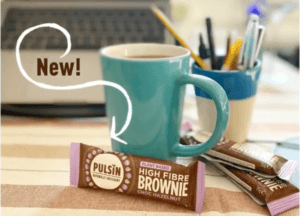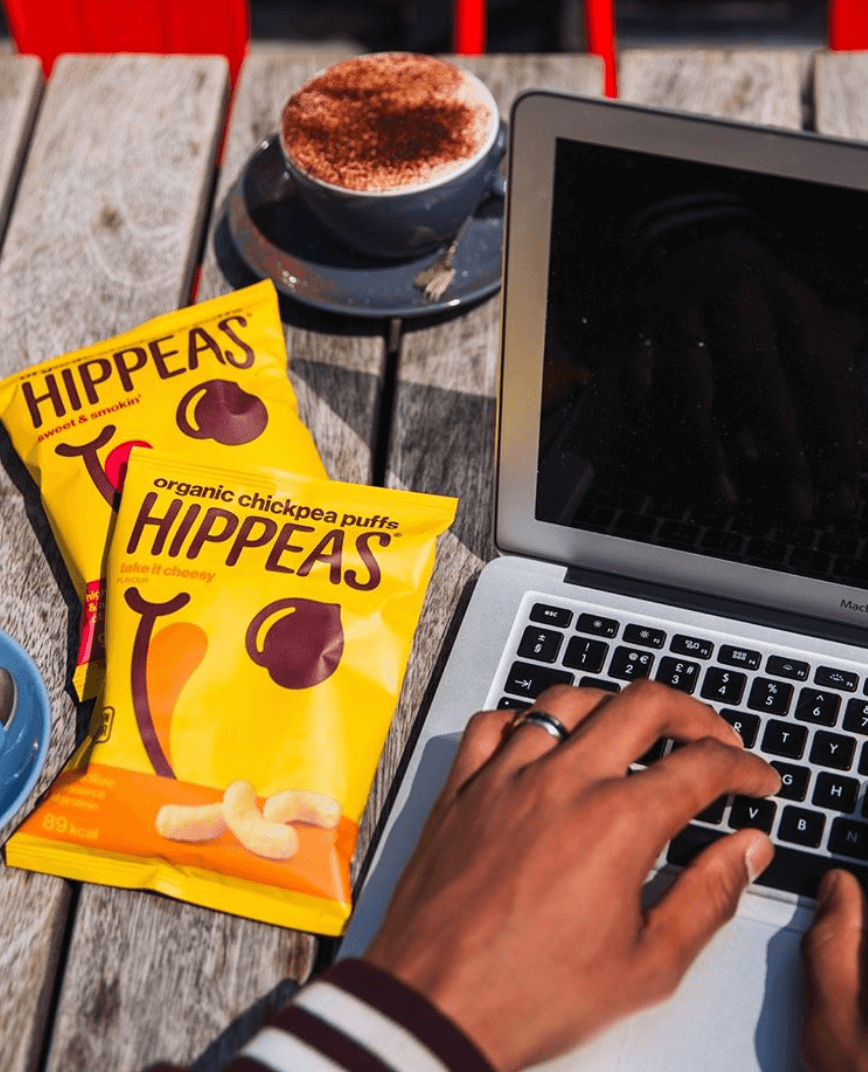Our Thoughts
Happy Snacking The rise of enjoyable health-conscious snacks
While staying home, with all day to raid kitchen cabinets, consumers in lockdown have turned to snack foods to keep them going while working and studying from home. Salty and sweet snack foods provide emotional comfort and even entertainment to individuals and families trying to navigate ‘the new normal’. At the same time, however, many consumers are increasingly conscious of ways to stay fit and healthy, from home workouts to looking for healthy ingredients and snack options to stock up their kitchens.
Products like broccoli crisps, kale chips, and roasted peas are playing into the increasing need for health-conscious snacking well, providing novelty of format that speaks to a need for more diverse, particularly plant-based, snacking options on supermarket shelves. Many include specific health claims like protein and vitamin intake that attracts any health-conscious snackers. The familiar potato crisp satisfies in flavour and nostalgic comfort but would be hard-pressed to add health benefits to its advantages. However, the appeal of alternative savoury snacks is not purely about nutrition, the combination of “healthier” alongside familiar indulgent flavours and the freedom to snack happily is key.
These cutting-edge snacks are successfully tapping into a shift away from indulgent snacking versus pure uncompromising health foods to a more flexible sense of wellbeing. Increasingly consumers are interested in balancing nutritional health and good eating with a desire to live life to the fullest and enjoy themselves. In lockdown in particular, we see a twinned desire to find comfort and enjoyment to help weather difficult times, alongside a need to maintain a healthy lifestyle. Snack brands that communicate their health benefits whilst incorporating cheerful packaging and familiar flavours do well in addressing both for consumers. For example, Brave and Hippeas promote their nutrition information and use of novel ingredients through illustrations that bring childlike fun to adult health-conscious snacking. Ultimately these alternative savoury snacks are expanding and filling the space between health food and indulgence, providing the best of both worlds and signalling to consumers that they can achieve emotional pleasure as well as physical wellbeing.

At the same time, it is worth noting that health-conscious consumers are by no means a uniform group. Someone following a plant-based diet, seeking minimally processed ingredients, will have very different priorities compared with a dedicated gym-goer in pursuit of muscle mass. In the current Covid-19 situation, when people are faced with limited food options in the supermarkets, they will opt for the products that offer the most nutritional and health benefits.
However, just claiming that a product is ‘healthy’, or is low in fat or sugar, no longer has the same effect it might have had previously. Brands need to signal transparency and clear provenance to purchasers – no longer simply emphasising what ‘bad’ elements have been removed but highlighting the positive benefits of the ingredients and nutrients. Another factor to consider is the format of the healthy snacks. For example, a sports nutrition user will look for the most efficient way to ingest what their body needs to perform, so bar-shaped snacks will be the most suitable option. However, health-conscious snackers might seek a more natural path.

With decreased browsing span in supermarkets, brands need to ensure they capture the consumers’ attention. Interestingly, snack bars might enjoy something of a resurgence under lockdown, as their comparatively long shelf life and promise of essential proteins, vitamins and nutrients can make them valued supplies in tough times.
Isobel Grad, Semiotician & Emily Porter-Salmon, Associate Director

